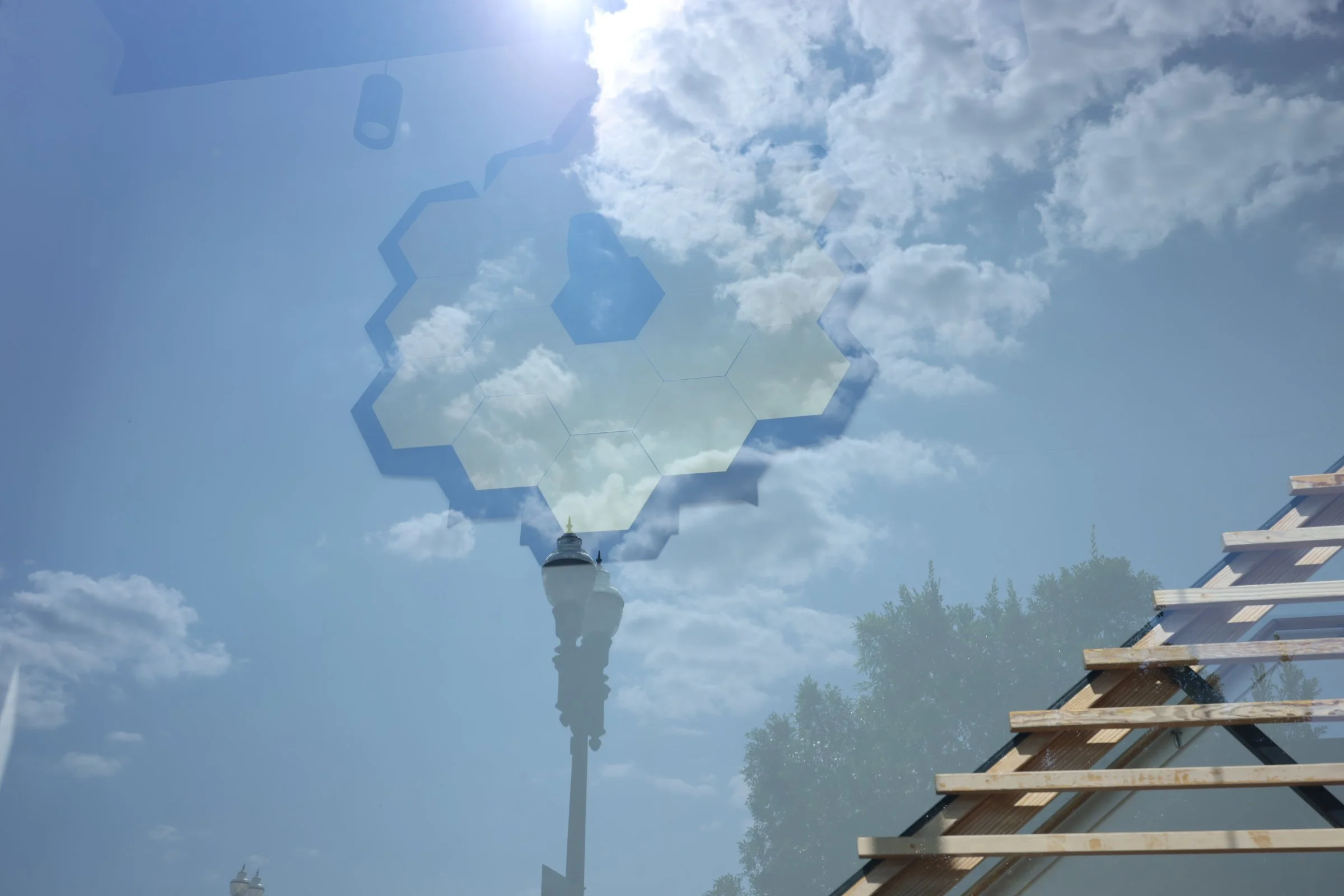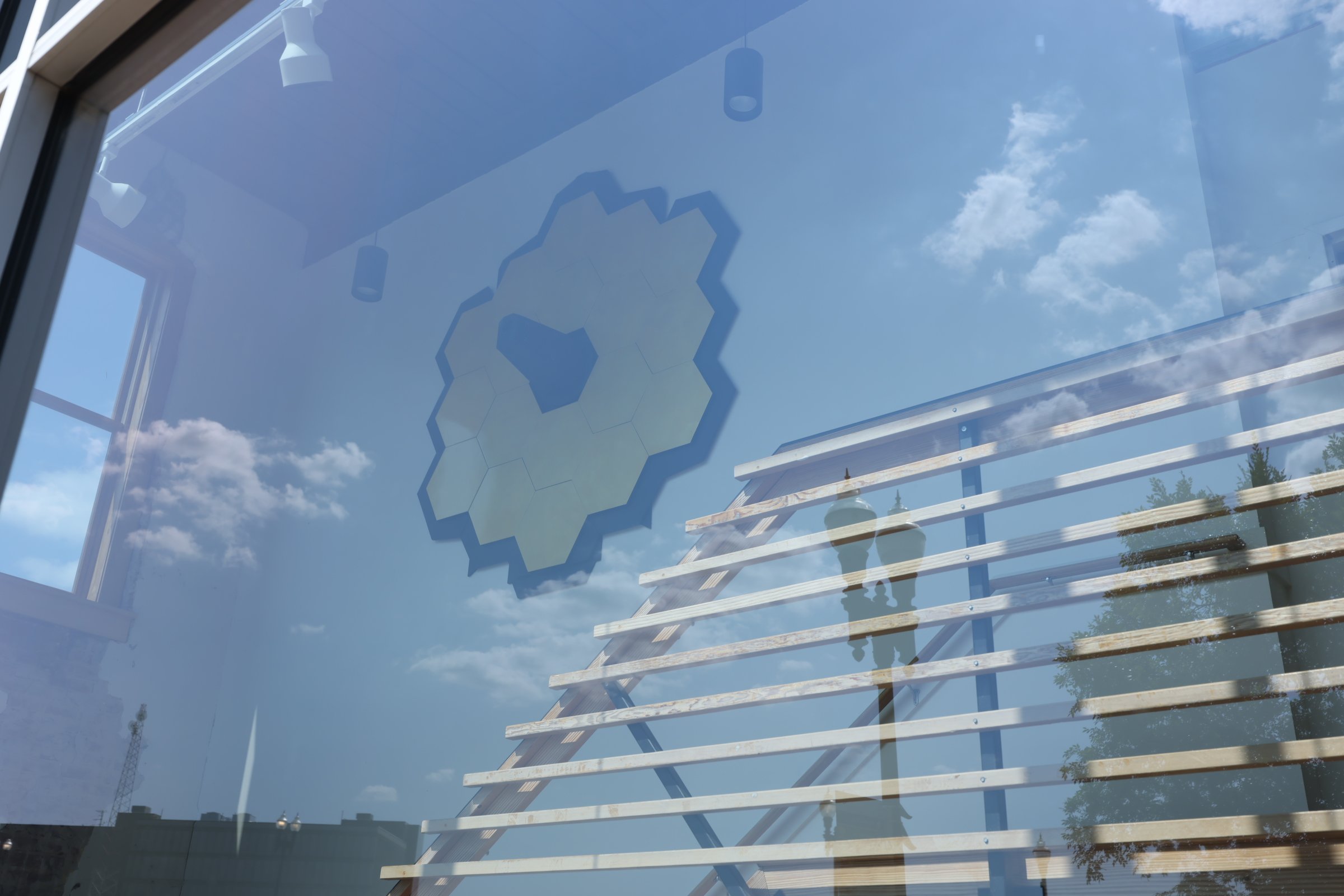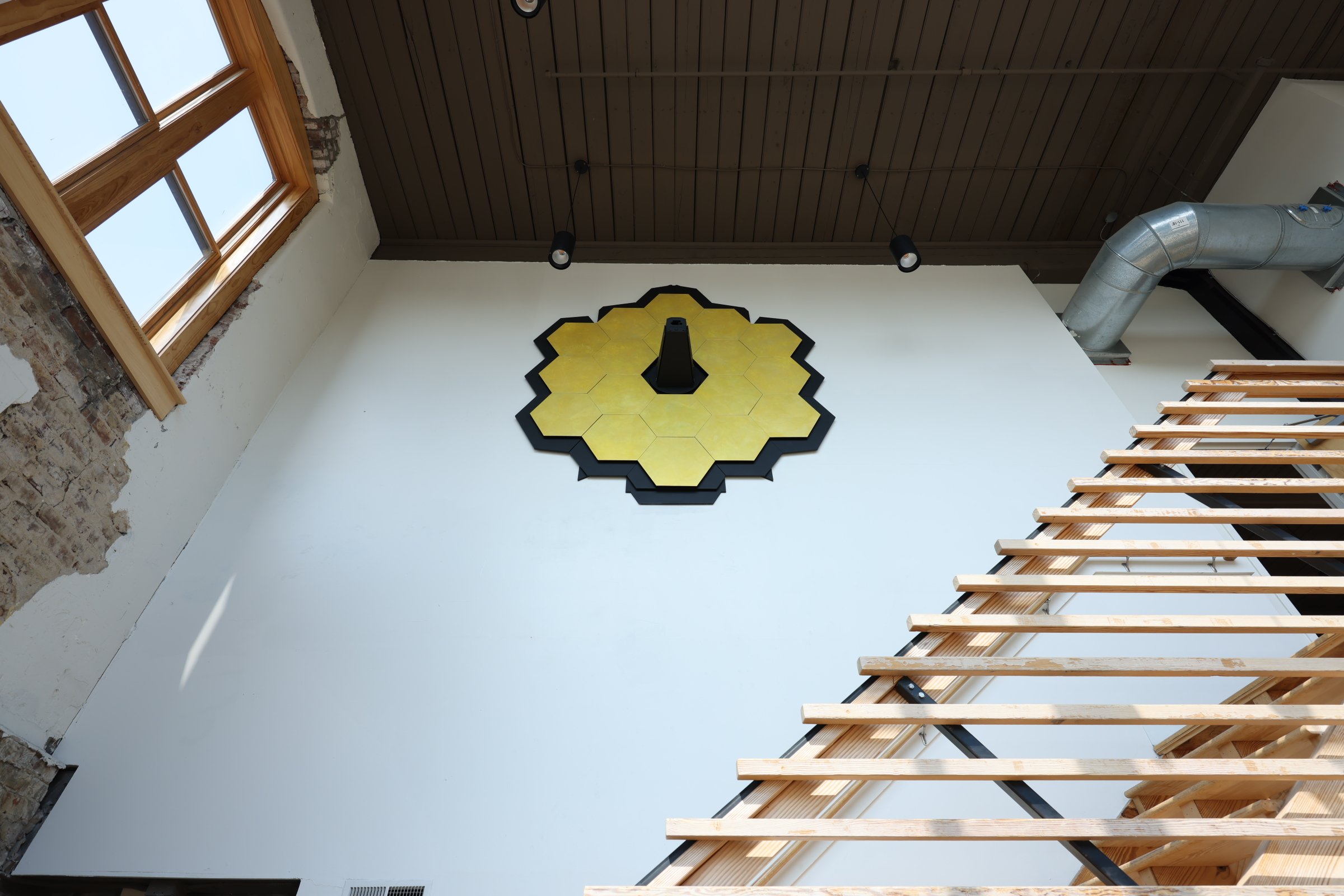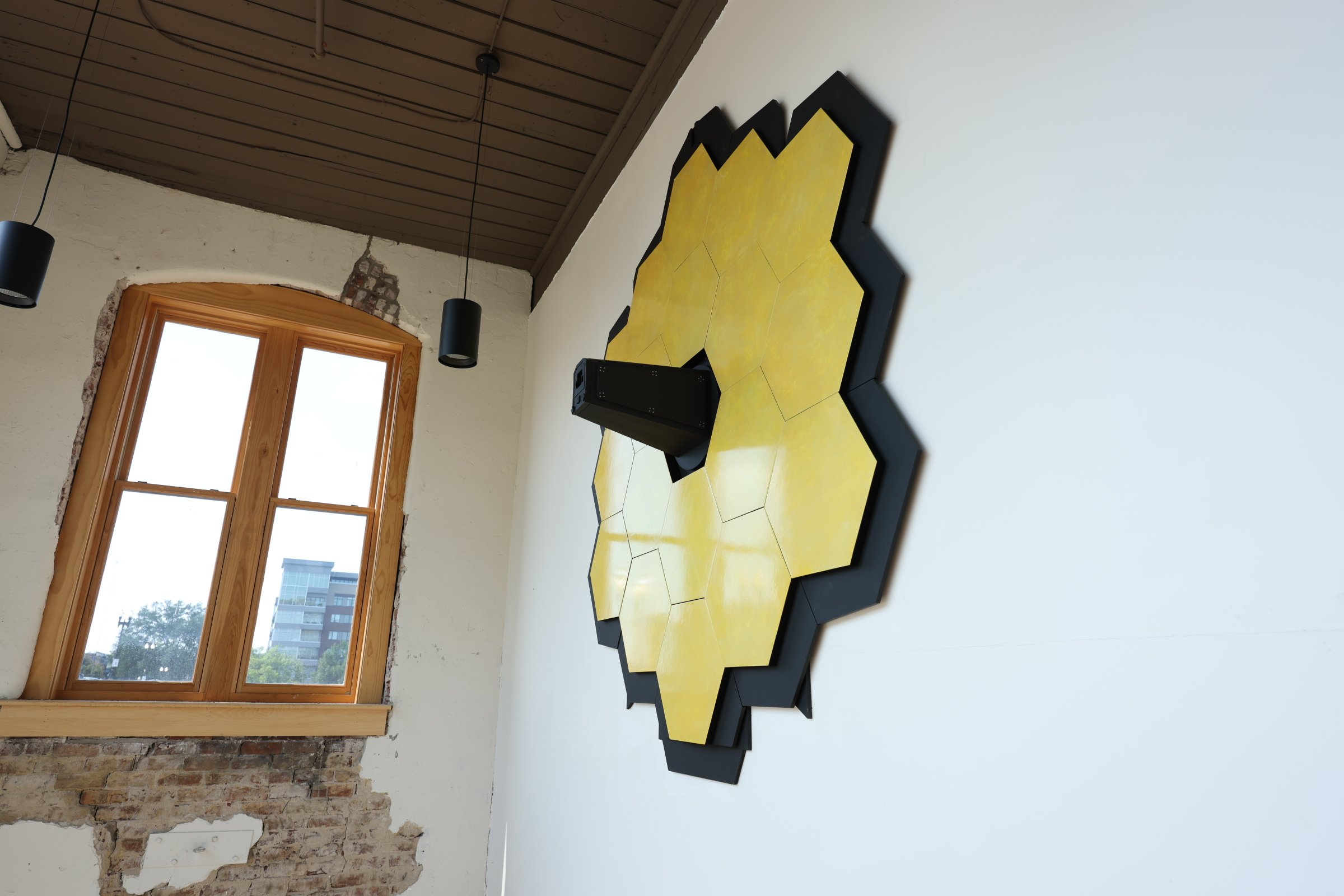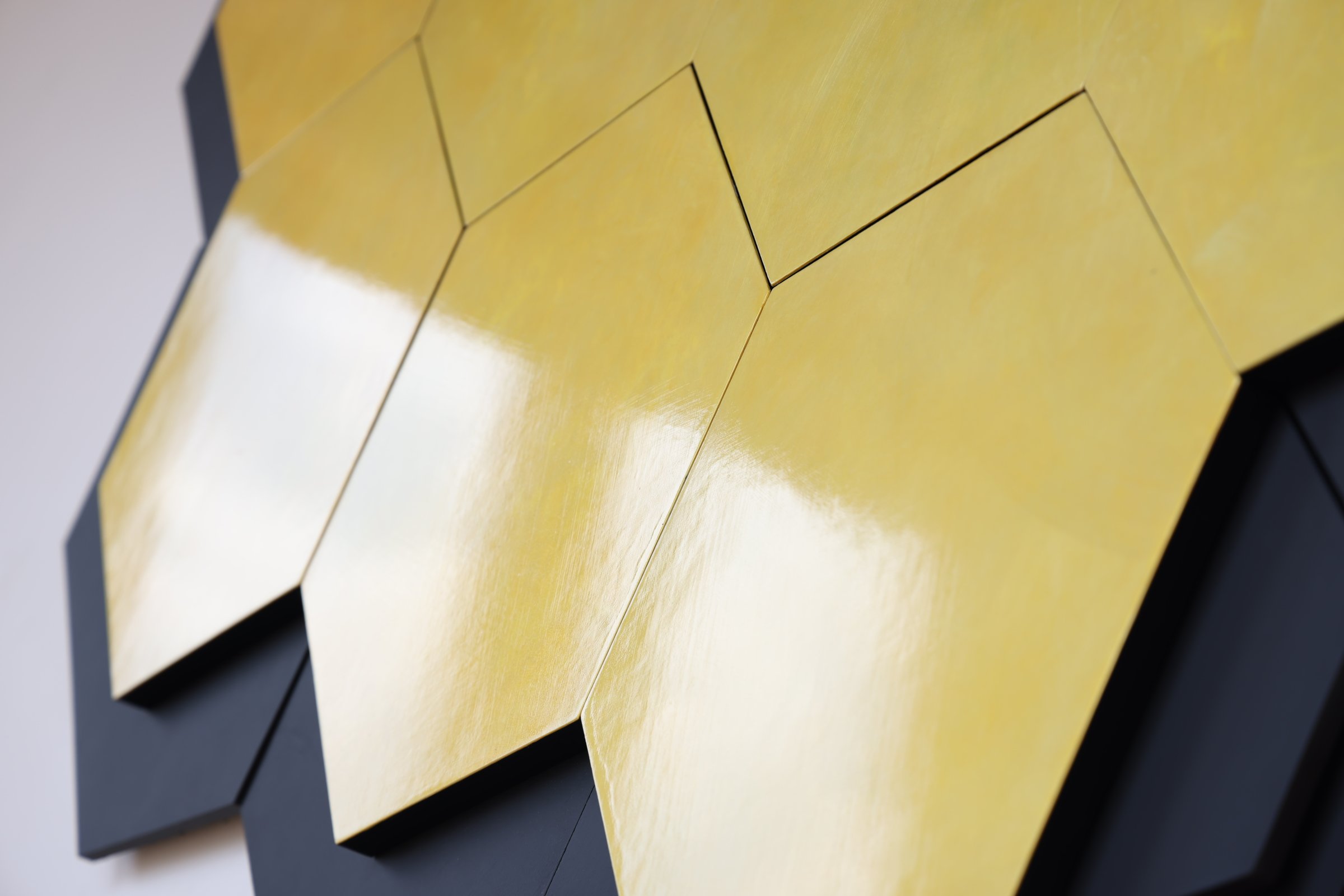The James Webb Space Telescope Project
The James Webb Space Telescope (JWST) is a mark of human ingenuity, innovation, technology, curiosity, exploration, and hope—it’s the product of the best parts of us, and enables us to peer deep into space, through the veil of cosmic dust and time. Using it, we’ve been able to see further back in time than we’ve ever been able to before, to see the most distant stars and their birth and death—the early supernovae that created some of the fundamental elements that literally shape who we are and the world around us; as Carl Sagan famously said “We are made of star stuff.” That "star stuff” came from those supernovae, so it’s no wonder that we feel a profound connection to the images of our universe that we have produced using telescopes such as Hubble and now JWST.
Part of the beauty of the images produced by the JWST is that they also contain a treasure-trove of data that will lead to insights and advances in science which will shape and expand our understanding of who we are and our place in the universe. Broadly, the data we get from the JWST will help to us to answer some of our most fundamental questions such as “How did we get here?” and “Are we alone?” Specifically, the instruments in the JWST are so precise that we’ll be able to study the chemical compositions in the atmospheres of exoplanets by analyzing the subtle ways the chemicals in their atmospheres diffract light, which could lead to significant discoveries up to and including evidence of intelligent life on other planets, and at the very least (which is still significant) enabling us to examine strange planets that are unlike anything in our own solar system that seem to defy the laws of physics or help us understand how our solar system was formed. With that in mind, we’ve also already used the JWST to get a better view and understanding of some of the planets in our own solar system, with insights into the swirling storms on Jupiter and the highest resolution image of the ice giant Neptune since Voyager II passed it in 1989, on its way out into interstellar space. And this is just the beginning! The potential for discovery that the JWST holds is staggering.
What’s more, aesthetically—the way it looks and the way it was designed—the JWST is astonishing. It’s unlike anything I’ve ever seen before and looks like the future—like our best possible future. It’s a symbol of the new space revolution that is happening right now in so many big ways, be it through the emergence of independent companies like Space X, or through NASA’s Artemis plan, which will see us return to the moon in preparation for our next giant leap, when the first humans step foot on Mars! It’s such an exciting time to be alive, to experience all of this in real time as history is being written and I intend to play an active role in it through my work—to promote the good and call attention to and encourage progress towards that best possible future. Specific to this work, my goal is to enable viewers to connect with the JWST and through an active engagement with it, form lasting impressions and memories about the JWST. In so doing, I hope to inspire viewers of all ages to see the beauty in the STEM fields and in art—to see good work and to think “this is what art is and can be” and to consider the JWST and to think “these are the heights that science and engineering can reach”, and ultimately, to draw deep connections between art and science, with the understanding that an interdisciplinary approach makes the future possible.
Funding for this work was provided by the Arts & Culture Alliance, The City of Knoxville, The National Endowment for the Arts, and the Department of the Treasury.

